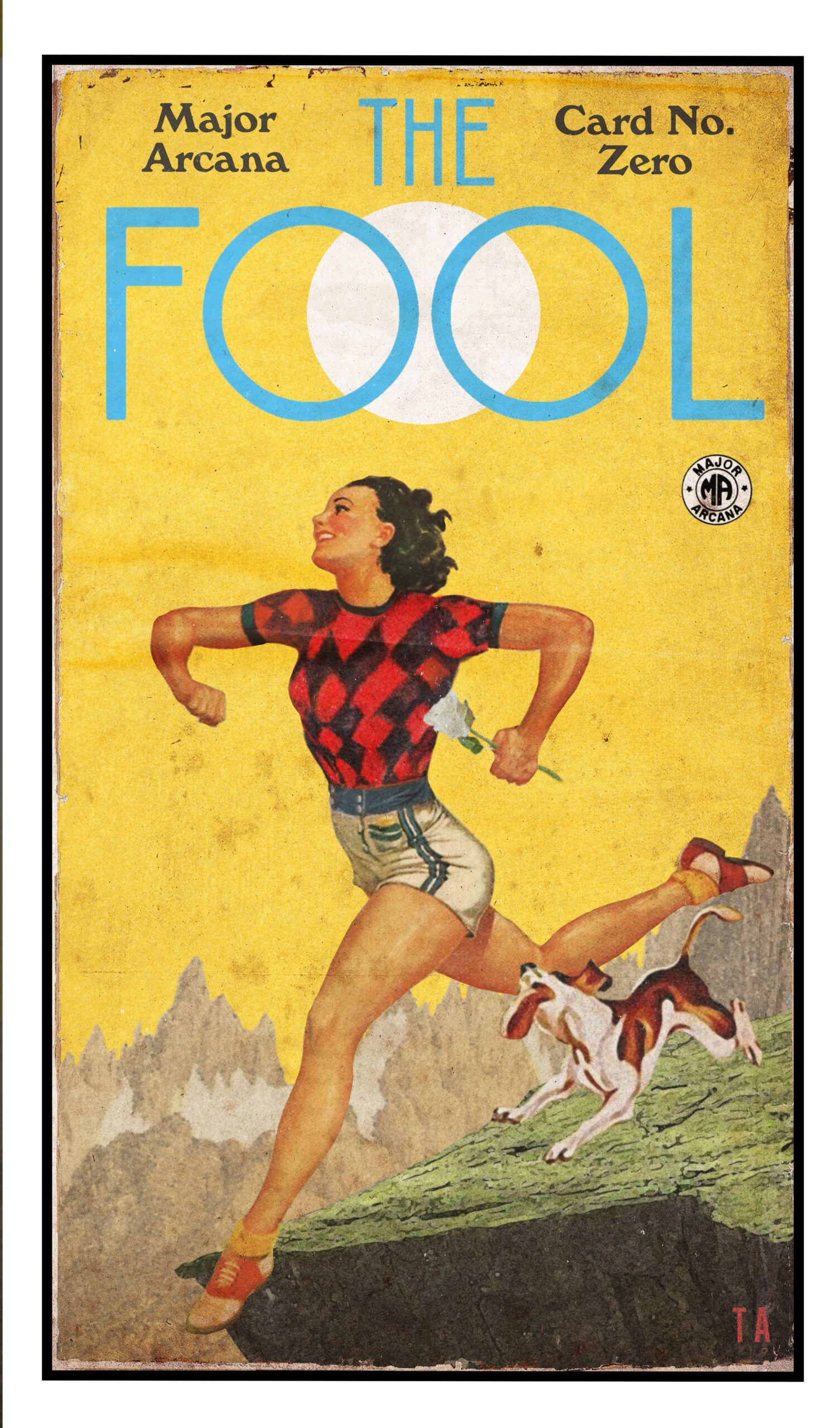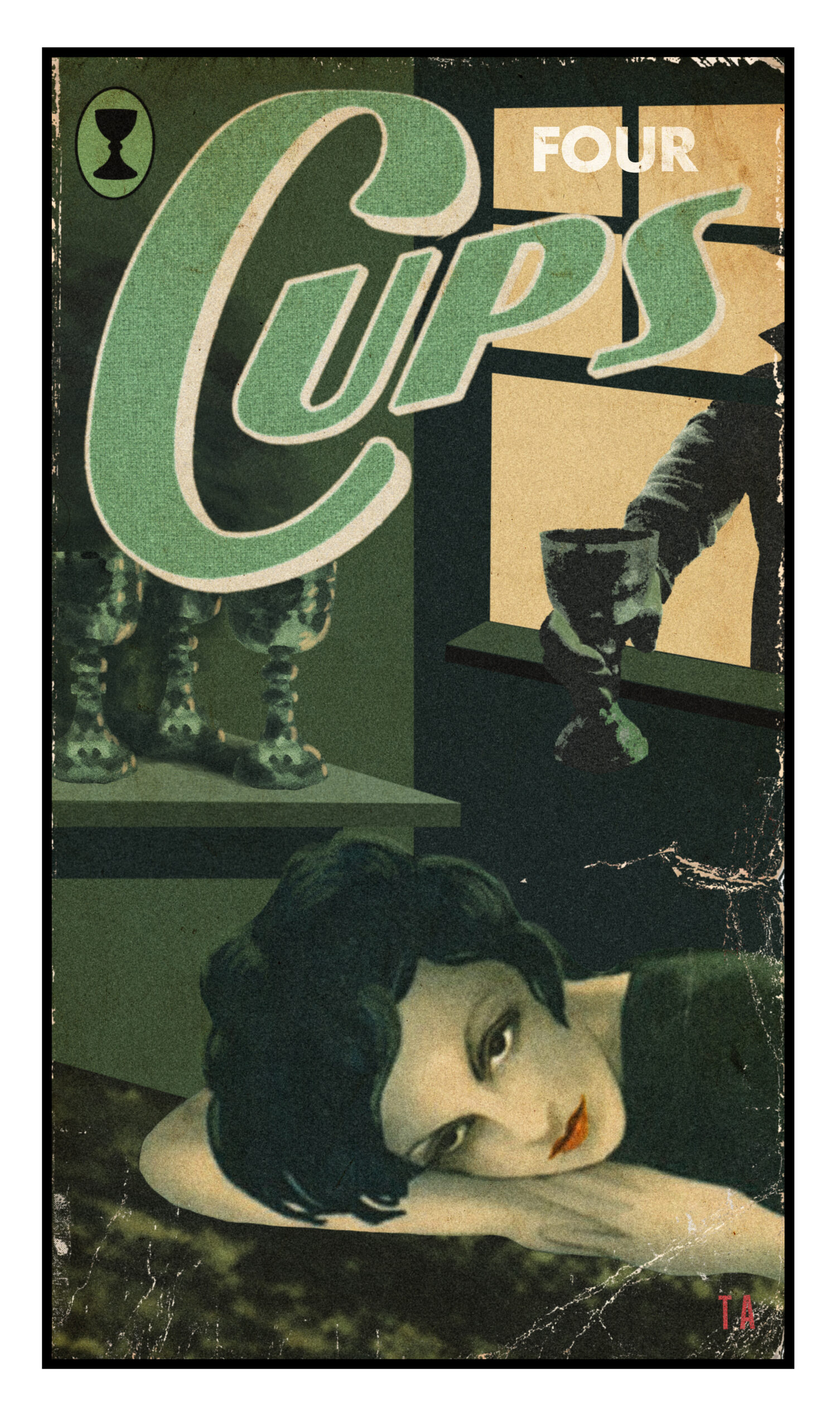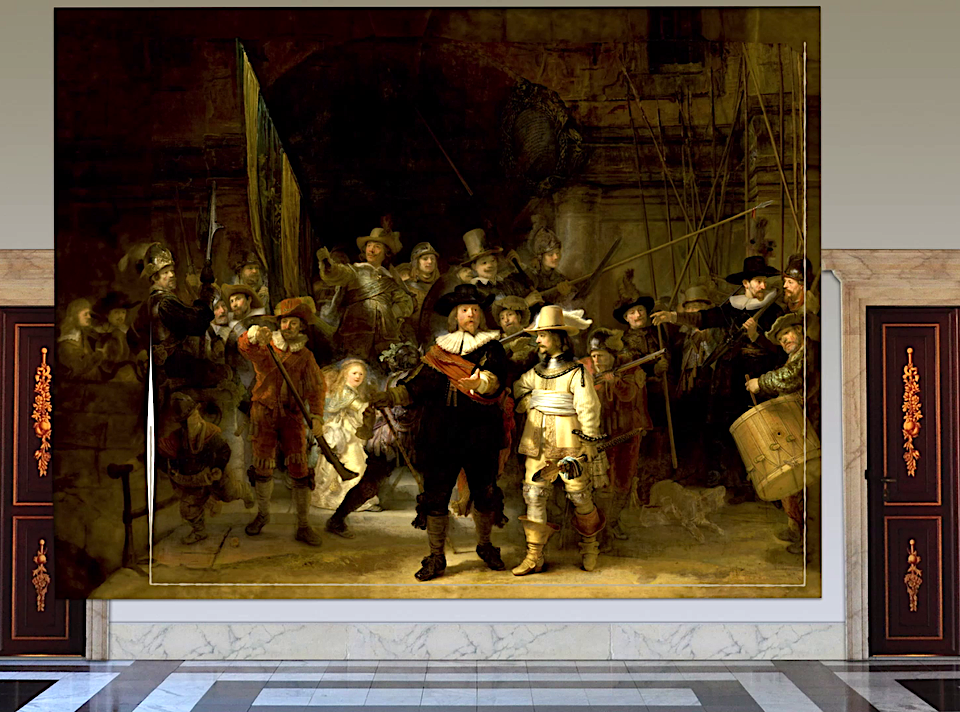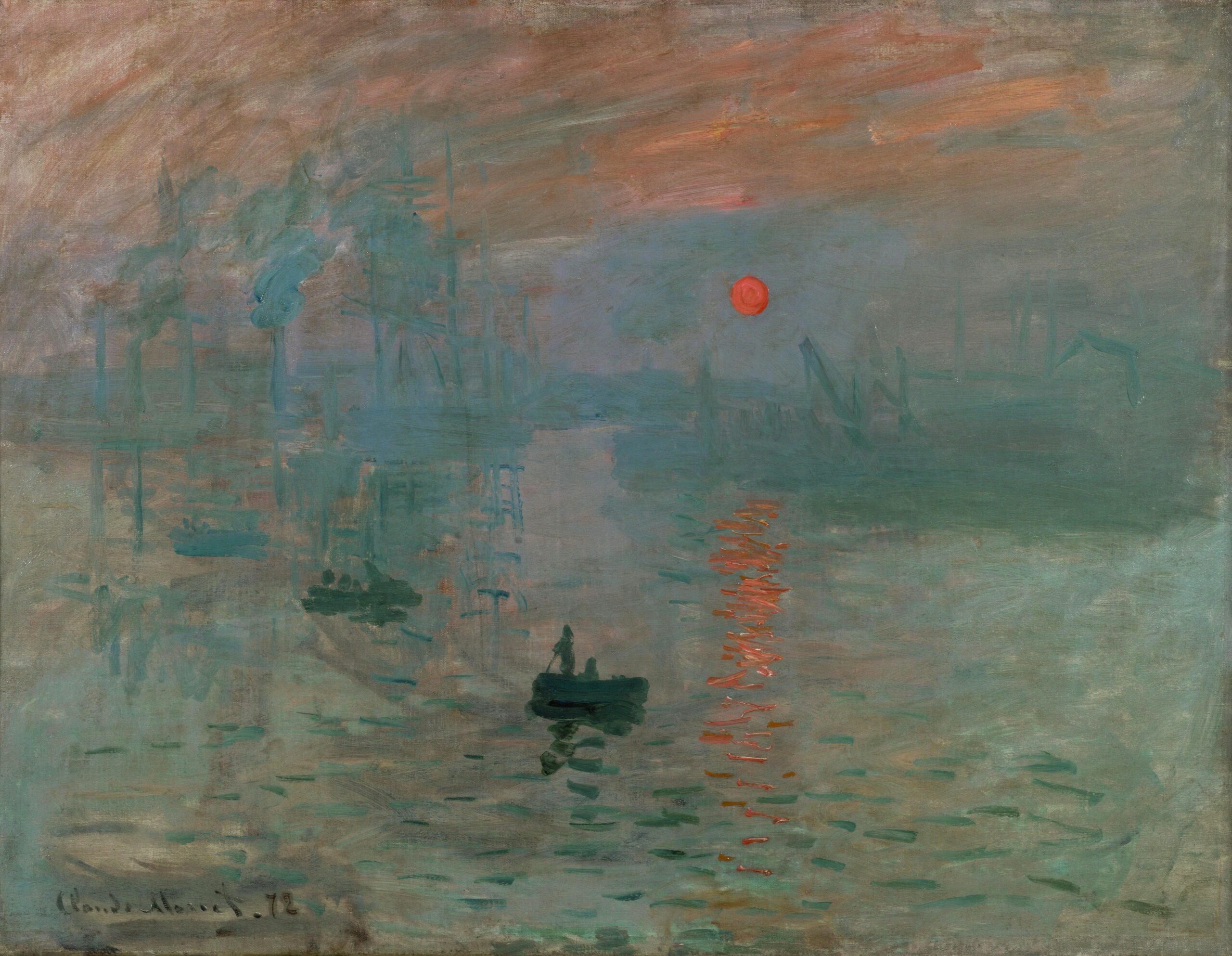I had always wanted to see Van Gogh’s “The Starry Night” in person and many years ago I got a chance when I visited the Museum of Modern Art in New York. However, two dozen other people, who also wanted that chance, were there too, and my vision of Van Gogh’s masterpiece was one behind a phalanx of cell phones all trying to grab a “been there, done that” pic. Fortunately, the video above from the Great Art Explained YouTube channel takes you closer to the painting that an in-person viewing could without setting off an alarm. In 15 minutes, narrator/creator James Payne lays out the history, the creation, and the technique of “Starry Night” in great detail.
Some of the key takeaways from the video include:
1. A re-evaluation of asylums in the 19th century. While certainly many asylums for those with mental illness were despairing places, not so the small one in Saint-Rémy, in Provence. Though there were bars on the windows, Van Gogh’s views were of lush countryside and the small town nearby; views that would soon become the subject of his paintings. And the doctors realized that painting, and the freedom to work on his art, was the best thing for Van Gogh’s mental health. During his one-year stay at the asylum, he finished at least 150 paintings. “The Starry Night,” painted on June 18, 1889, was one of them.
But there were many masterpieces before that, including “Irises,” painted in the asylum’s walled garden before lunch one day; and many of the surrounding countryside once doctors decided he was safe to be let out alone.
2. The formative effect of Impressionism and Japanese ukiyo‑e on his work. From Monet and others, Van Gogh took the attention to natural light, the visible brushstrokes, and the pointillist coloring that would form new colors in the viewer’s eye. From the Japanese he took bold, bright colors and radical composition.
We can pinpoint the exact time and date of “Starry Night” and see what Van Gogh saw from his window (thanks to Griffith Park Observatory). And what we learn is…the man was an artist. He collaged the best bits of what he wanted us to see, from constellation and planets, to the village below (taken from a different viewpoint), to the cypress tree, which he brought forward in the composition. Van Gogh was taking a cue from Paul Gauguin, who encouraged him to use his imagination more, and finding the asylum led to a more active and more critical way of thinking about painting.
3. The “unappreciated-in-his-lifetime” myth. Yes, Van Gogh died too young. But no, he wasn’t an obscure artist. As Payne sends us off, he points out that Van Gogh was very much a part of the impressionist art scene, showed his paintings *and* sold them, and even had critics write about him. So, it might be better to call him a rising star, snuffed out too early. We can only wonder where he would have gone in his art, and what he would have created.
Related content:
In a Brilliant Light: Van Gogh in Arles–A Free Documentary
Ted Mills is a freelance writer on the arts who currently hosts the Notes from the Shed podcast and is the producer of KCRW’s Curious Coast. You can also follow him on Twitter at @tedmills, and/or watch his films here.















